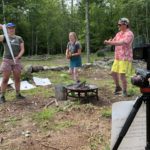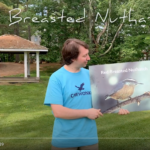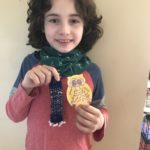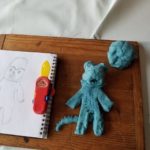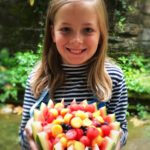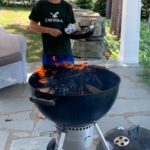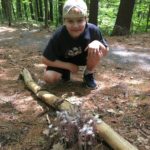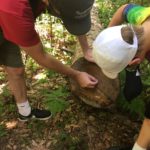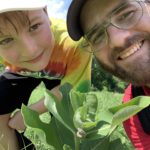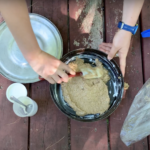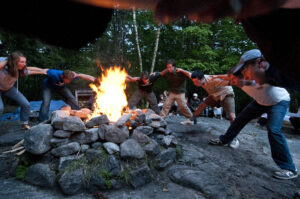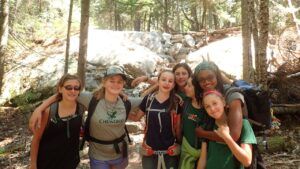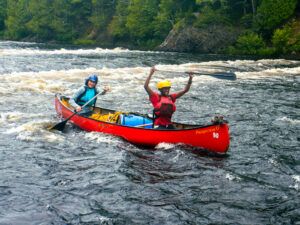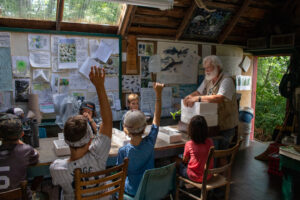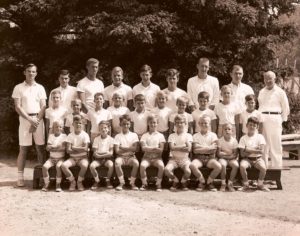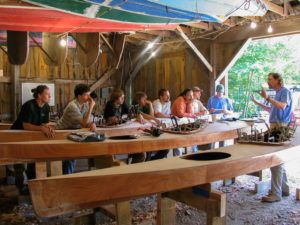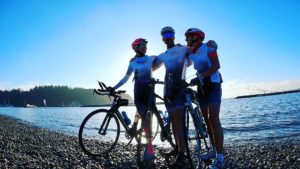Shelter Building – Creating Your own Space Within Your Place
We just wrapped up one of the most irreverent, innovative, and imaginative summers we’ve ever had – the first-ever season of Camp Chewonki@Home. This remote seven-week program featured fun, low-screen activities to connect kids with the natural world at home, and was offered entirely free of charge.
“We earned five out of the seven badges,” said Joseph, 13. “The Naturalist, the Farmer, the Polar Bear, the Artist and the Chef.” Joseph and his brother Victor, 9, of Brunswick, ME were among the three hundred campers who participated from all over the United States, as well as China and the United Kingdom.
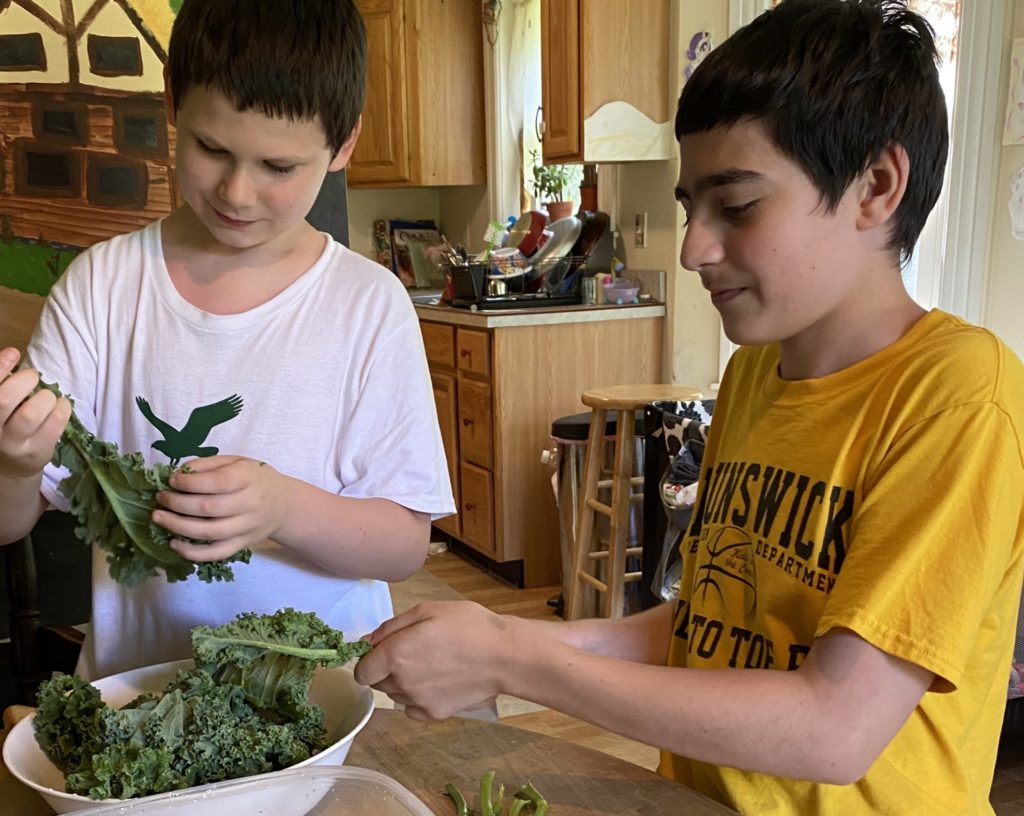
“The campfire was really fun – the trivia and Natural History Mysteries were exciting,” said Joseph. “I answered one of the trivia questions correctly and Charlie [Director of Camp Chewonki for Boys] had to tend the campfire like a chicken!”
Our camp team proposed the idea of creating an at-home summer camp experience in April. We had just canceled our in-person programs for the first time in over one-hundred years due to the coronavirus pandemic. Most schools had switched to remote learning by this time, and screen-weary Chewonki families expressed a serious need for at-home nature-based activities for their kids. Amazingly, the Camp Chewonki team pivoted, planned, and produced Camp Chewonki@Home in just eight weeks – including the entire curriculum, pen-pal and badge programs, camp care-package, and website.

“My favorite part was the weaving project,” says Victor. All campers received a finger loom in their summer care package. “It was very fun and easy, and I’d never done it before. I like to crochet and knit, and want to do a cross stitch next.” Victor used his finger loom to make a bookmark for his pen pal, George, who sent a weaving project in return.
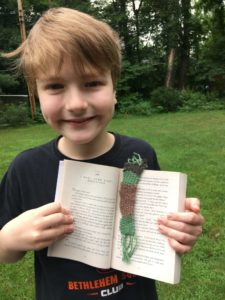
Camp Chewonki@Home featured over fifty nature-based activities organized around seven weekly themes: place, adventure, growth, appreciation, grit, energy, and celebration. Activities were self-paced, required no special equipment, and adaptable to urban, suburban, and rural settings.
“We loved the polar bears, too,” says Victor. We took polar bear dips in the laundry bin, a baby pool, with the hose… we did like fifty pools.”
The brothers also had fun trying out the Chewonki@Home recipes. “We liked the granola – I had a million servings of it,” said Joseph. “I had a tub of it!” said Victor.
The program was a truly collaborative effort created by staff and faculty across our entire organization, including curricular partners from Salt Marsh Farm, the Traveling Natural History Program, Outdoor Classroom, Elementary and Middle School, and our kitchen team (to name a few). Additionally, administrative staff developed the Chewonki@Home website, produced about fifty short videos to accompany weekly activities, and provided technical support to weekly zoom calls and virtual campfire celebrations.
“We would connect our laptop to the TV and watch the bird of the week videos as a family,” said Victor.
“I learned about Leave No Trace principles,” said Joseph. “Now I understand how to be a little more respectful of the environment”
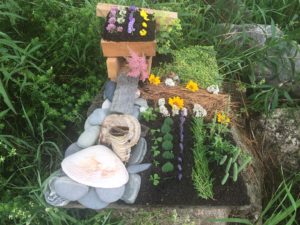
Throughout the summer, our virtual Chapin Hall filled up with images of freshly baked campfire biscuits, whimsical art projects, playful fairy farms, living room forts, and dozens of other photos documenting campers exploring the natural world.
Camp Chewonki@Home was a unique opportunity to reimagine our purpose and programs in a time of global crisis. We are so proud of the work that went into creating this program, which will remain a freely accessible resource on our website. We are grateful, also, for all families who joined us remotely this summer.
Check out all the Chewonki@Home resources here!
